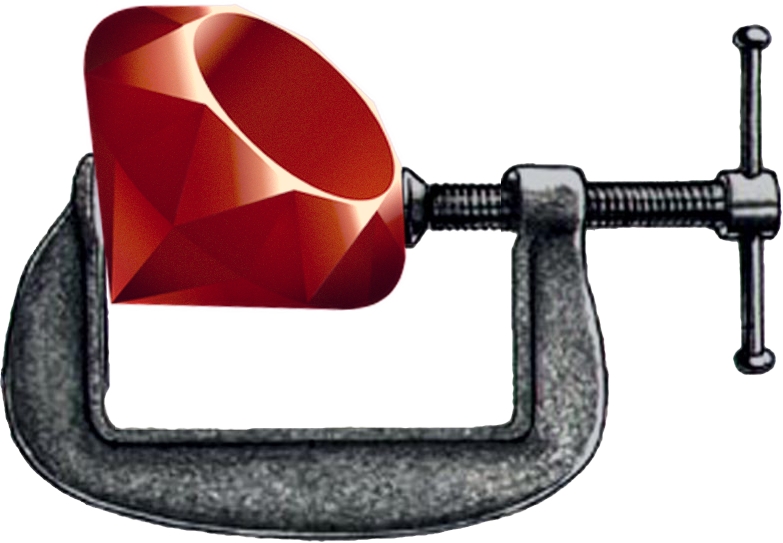The Ruby Craftsman

Custom Ruby Collections with ActiveRecord Like Scopes [Video]
ActiveRecord Scopes can be nice to use and a useful way to think about data. Chaining methods together in logical filters to get the desired results without having to think about the structure of the data. ActiveRecord is tided to doing database queries, but to do that you must have a database. Have you ever wanted use this kind of syntax on a set of custom in-memory objects or an array of hashes? Now let’s not let ActiveRecord have all the fun we can do the same thing in plain old Ruby and I’ll show you how.
Here I’ve got an ActiveRecord Person, notice that it is singular because in ActiveRecord a Class represent a collection of people and a single person. We can’t very well just create new collections because the source is a single database instance.
class Person < ActiveRecord::Base
scope :minors, -> {...}
scope :adults, -> {...}
scope :tall, -> {...}
scope :short, -> {...}
end
Person.tall.minors
# => <Relations ...>In our Ruby world why not have many different collections instance we are not limited by a single database. So in this example I have made a distinction between a collection of People and a single person.
The People class, defined below, is going to represent the definition of collection of persons. Here I stub out some methods that I will define later just to get the shape of what the classes interface is going to look like.
class People
def minors; end
def adults; end
def tall; end
def short; end
endHere is a person with the attributes of age and height. I set the #to_s method so that when the objects are sent to #puts
it displays more than just the object id, but lists out the attributes.
class Person
attr_reader :height, :age
def initialize(age:, height:)
@age = age
@height = height
end
def to_s
"<#Person age: #{age}, height: #{height}>"
end
endI create the initializer so that it sets the collection array to an attr_reader :to_a. This will allow conversion of this object into a simple
array if need. First let’s start with the create method. For this to have chainable methods ie. People#adults#tall each
method call needs to return a new instance of a People collection. Here I’ve filled out the operation needed to return
the desired result using #reject and #select on the Array of Persons.
class People
attr_reader :to_a
def initialize(collection = [])
@to_a = collection
end
def minors
create to_a.select { |person| person.age < 19 }
end
def adults
create to_a.reject { |person| minors.to_a.include?(person) }
end
def tall
create to_a.select { |person| person.height >= 5 }
end
private
def create(collection)
self.class.new(collection)
end
endHere I’ve created an array that will be used as the input into our new People class.
person_array = [
Person.new(
age: 10, height: 4
),
Person.new(
age: 19, height: 4
),
Person.new(
age: 45, height: 6
),
Person.new(
age: 16, height: 5
),
Person.new(
age: 32, height: 5
),
]tall_people = People.new(person_array).tall
puts tall_people.to_a
# => [<#Person age: 45, height: 6>
# <#Person age: 16, height: 5>
# <#Person age: 32, height: 5>]
puts tall_people.minors.to_a
#=> [<#Person age: 16, height: 5>]Check out the ActiveEnumerable Gem for a DSL to do the same thing and a whole lot more ActiveRecord query like methods on custom Ruby Collections.
